In the News
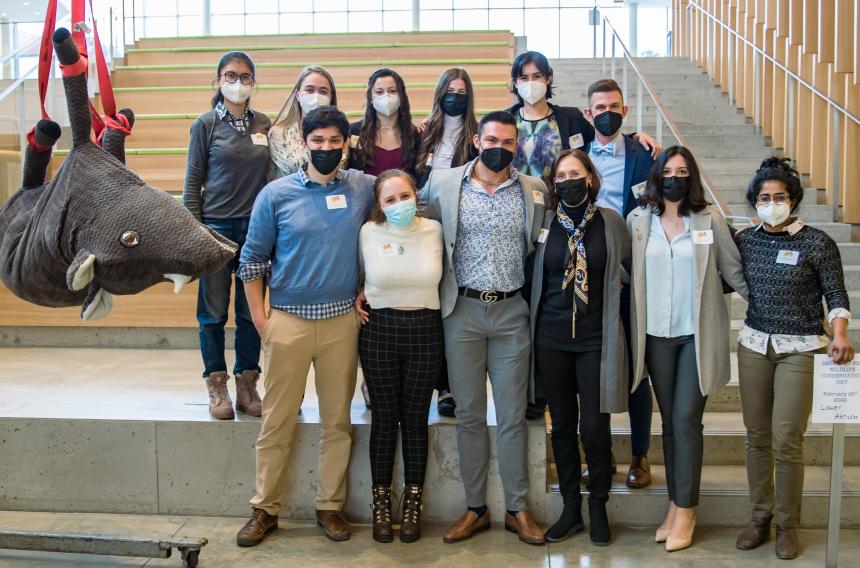
March 21, 2022
Cornell’s Zoo and Wildlife Society hosted its first Wildlife Conservation Day Feb. 26, a one-day symposium devoted to education and training for students with an interest in non-domestic species.
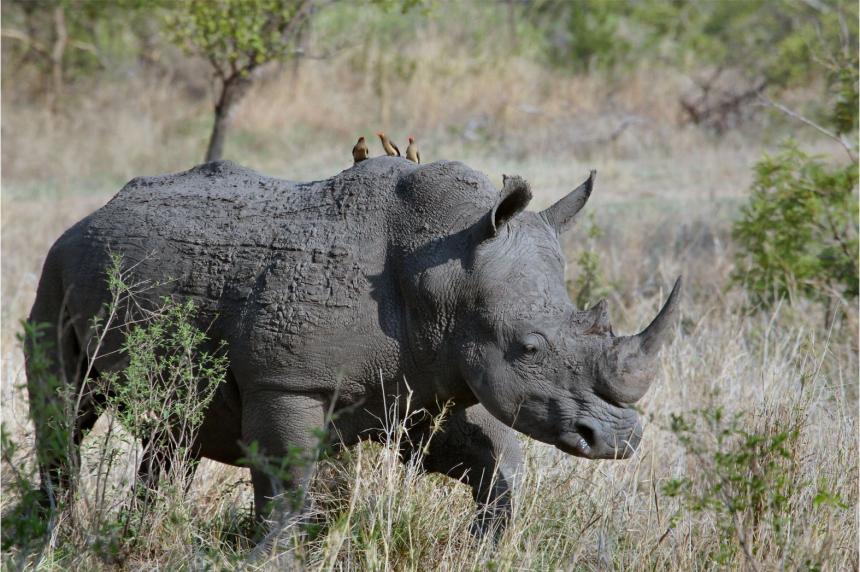
January 31, 2022
The Cornell Wildlife Health Center continues to enhance synergy among many of Cornell’s wildlife-focused programs, expand student learning opportunities, and capitalize on earnest interdisciplinary approaches to addressing key wildlife conservation and related public health challenges.
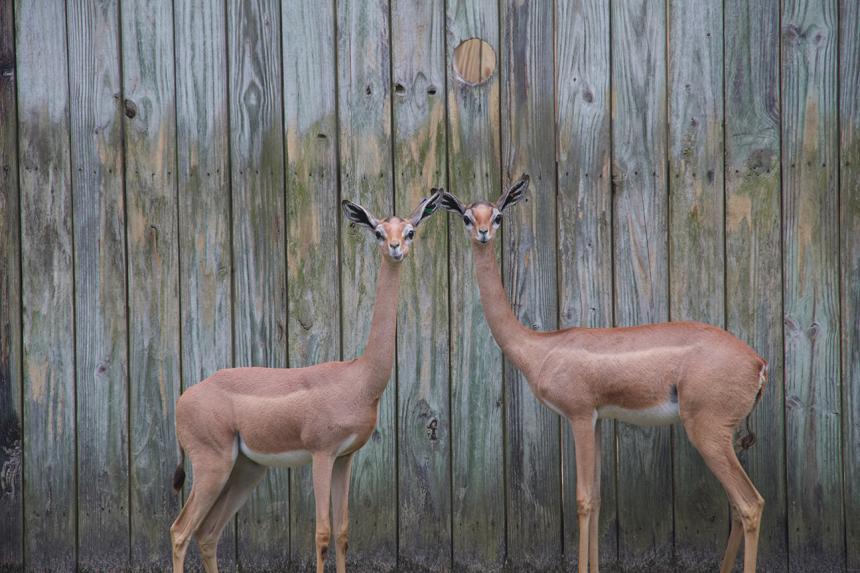
March 01, 2021
Cornell University College of Veterinary Medicine alumnus, Zachary Dvornicky-Raymond ’15, DVM ’19, recently published a study in the Journal of Zoo and Wildlife Medicine regarding validation of a portable, point-of-care test for pregnancy diagnosis in wild ungulates (hoofed mammals).
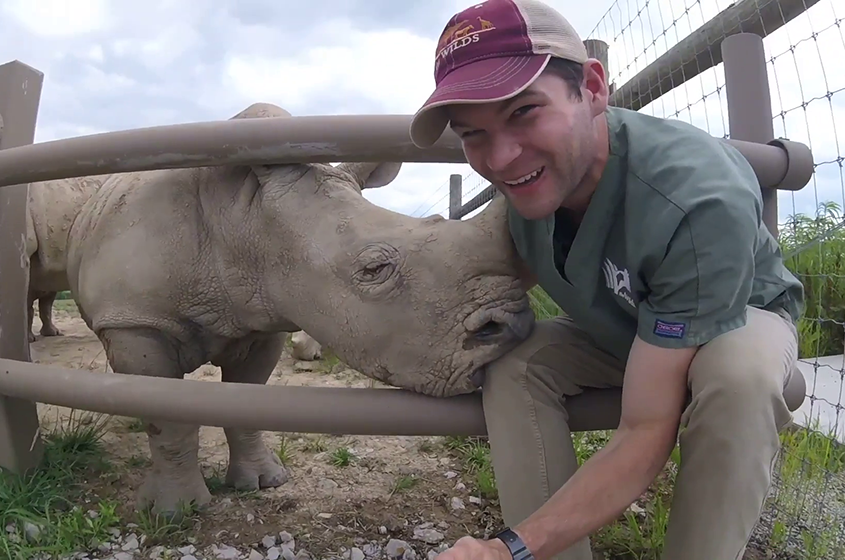
March 09, 2020
At a critical time for the future of life on Earth, The College of Veterinary Medicine announces the establishment of the Cornell Wildlife Health Center. The new center focuses on catalyzing multidisciplinary collaboration to address wildlife health challenges worldwide, while immersing students in unique learning experiences at home and abroad.
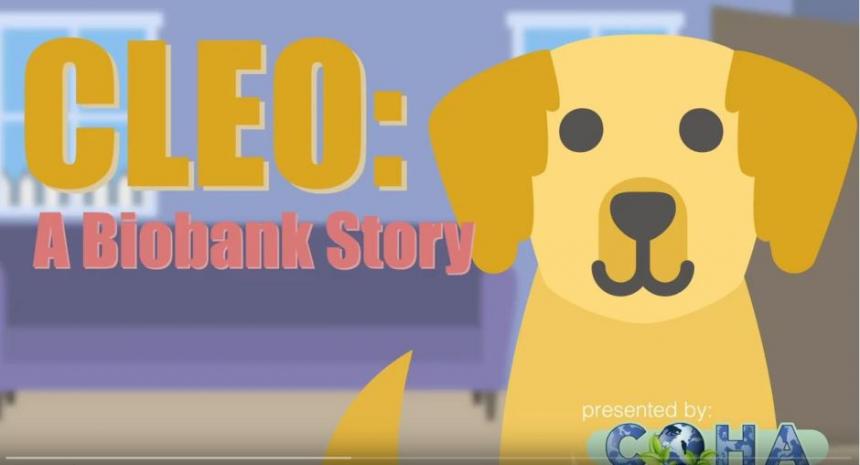
Video
July 19, 2019
How does the biobanking process work? This video, produced by the Cornell Veterinary Biobank, explains how!
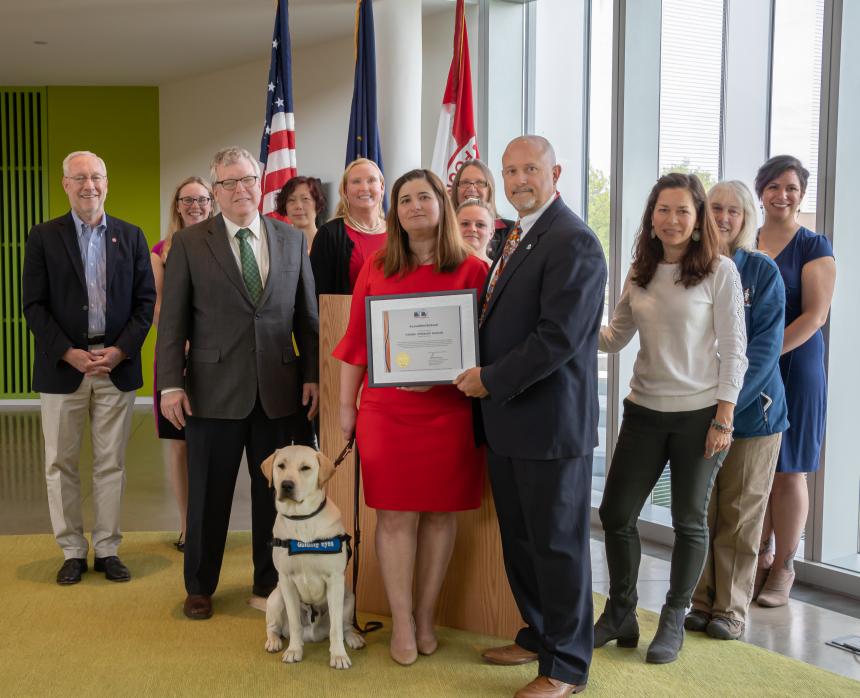
May 23, 2019
After years of planning and months of implementation, the Cornell Veterinary Biobank has achieved international accreditation under a new global standard, making it the first biobank of any type to earn such a distinction.
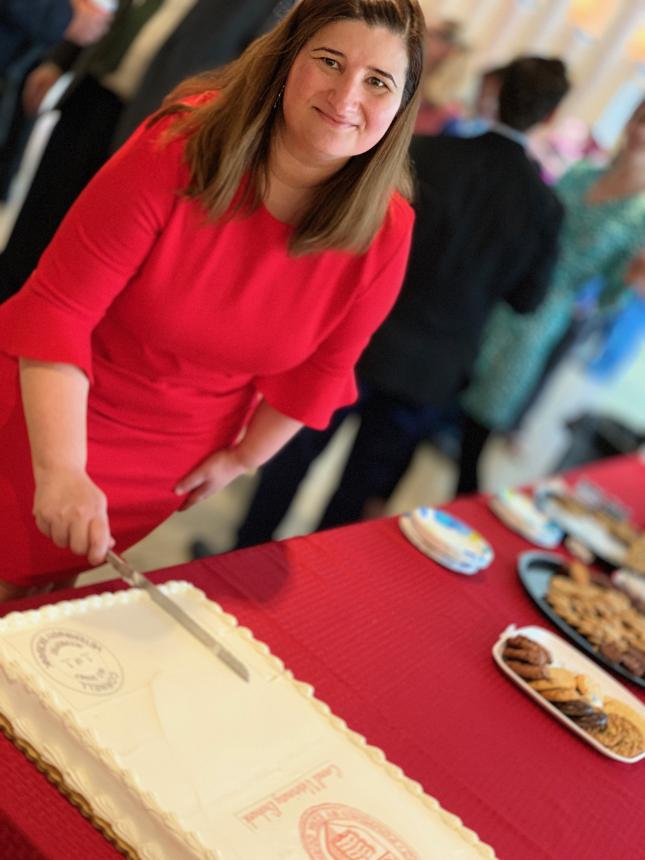
October 18, 2018
Cornell's Dr. Maria Castelhano was invited to participate in a global taskforce to standardize biobanking practices. Since most of the world's facilities are for human biobanks, Dr. Castelhano's presence ensured that biobanks which collect animal samples are represented.
